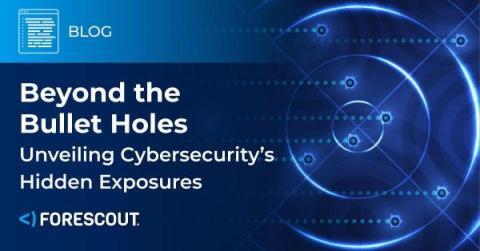Retrieval Augmented Generation (RAG): Unlocking the Power of Hybrid AI Models
Language models have revolutionized natural language processing, enabling machines to generate human-like text with remarkable fluency and coherence. However, despite their impressive capabilities, traditional language models often need help with knowledge-intensive tasks that require factual accuracy, external knowledge integration, and contextual awareness.











